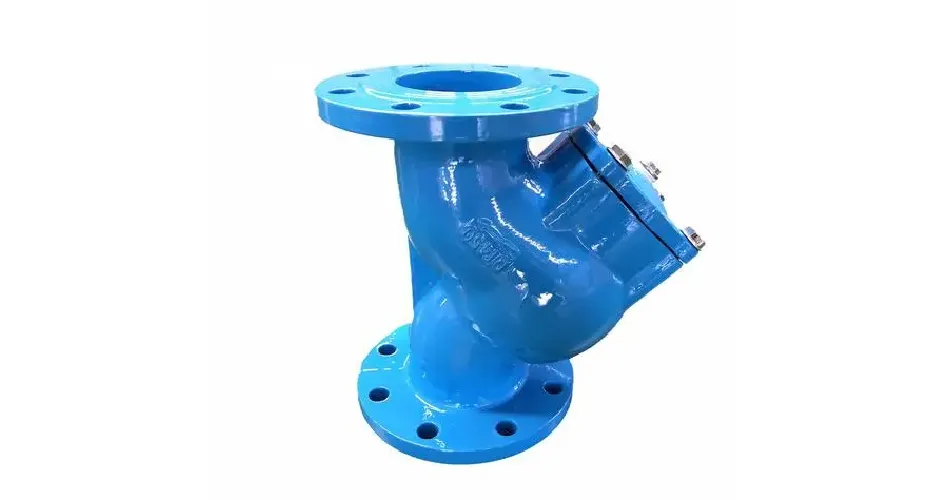නොවැ. . 09, 2024 22:53 Back to list
Exploring Innovative Measurement Solutions with Advanced Micrometer Tools for Precision Applications
Exploring the World of Micrometer Tools Precision at Its Finest
In the realm of engineering and manufacturing, precision is paramount. One of the most fundamental tools that facilitate exact measurements is the micrometer. Micrometers, often referred to as micrometer gauges, are essential tools in many industrial applications, where accuracy can determine the success of a project or product. This article delves into the various aspects of micrometer tools, including their types, uses, and importance in achieving meticulous precision in measurements.
What is a Micrometer?
A micrometer is a mechanical device used to measure small distances with high precision, generally in the range of a thousandth of a millimeter (one micrometer) to several millimeters. The tool is composed of a calibrated screw and a spindle, offering incredibly fine measurement capabilities compared to standard rulers or calipers. Its design allows for great accuracy and ease of use, making it a favorite among machinists, engineers, and inspectors.
Types of Micrometers
Micrometers come in various types, each tailored for specific applications. Here are a few popular kinds
1. Outside Micrometers Used for measuring the outer dimensions of an object, outside micrometers are the most common type. They come with a fixed end and a movable end, providing high precision for measuring parts such as shafts, pipes, and plates.
2. Inside Micrometers These are specifically designed for measuring the internal dimensions of objects, such as the diameter of holes or the internal width of grooves. They typically have extensions and can reach deep into holes or cavities.
3. Depth Micrometers Used to measure depths of holes, slots, or recesses, depth micrometers feature a measuring blade that extends vertically from the main body. This allows for precise readings of depth, which is essential in many machining processes.
4. Digital Micrometers As technology advances, digital micrometers have gained popularity. These tools provide electronic displays of measurements, enhancing readability and reducing the chances of misreading, which can occur with analog counterparts.
How to Use a Micrometer
micrometer tools

Using a micrometer is relatively straightforward, but it requires a careful approach to ensure accurate results. Here is a basic guide
1. Calibration Before taking any measurements, it’s essential to calibrate the micrometer. This typically involves checking with a known standard or an anvil gauge.
2. Zeroing Close the micrometer fully and ensure that the reading is zero. Adjust if necessary to achieve the correct zero setting.
3. Measuring Position the object between the spindle and anvil. Slowly turn the ratchet or thimble until the spindle just touches the object. Be careful not to apply too much force, as this can lead to measurement errors.
4. Reading Take the reading from the scale on the micrometer. For digital versions, simply read the display.
Importance of Micrometers in Industry
Micrometers are invaluable in various industries, particularly in manufacturing, automotive, aerospace, and medical device industries, where precision is crucial. The ability to measure components accurately affects the quality and performance of the final product. Inconsistencies in measurements can lead to failures in mechanical systems, resulting in financial loss and safety hazards.
Moreover, micrometers play a critical role in quality control processes. Inspectors use these tools to ensure each component meets the specified tolerances, reducing rework and ensuring customer satisfaction.
Conclusion
In conclusion, micrometer tools are fundamental for achieving the precision required in modern manufacturing and engineering. Their ability to measure small distances accurately makes them an essential instrument for professionals across various industries. As the demand for high-quality, precise products continues to grow, the role of micrometers in ensuring accuracy and reliability will only become more significant. Whether one is a seasoned engineer or a budding machinist, mastering the use of micrometers will undoubtedly contribute to better craftsmanship and more successful projects.
-
Why Metric Trapezoidal Thread is Ideal for Precision Motion ControlNewsAug.05,2025
-
The Unique Properties of a Block of Granite for Industrial UseNewsAug.05,2025
-
The Role of Flanged Y Strainers in Preventing Pipeline ClogsNewsAug.05,2025
-
The Importance of Regular Calibration for Master Ring GagesNewsAug.05,2025
-
How a Cast Iron Surface Table Enhances Accuracy in ManufacturingNewsAug.05,2025
-
Comparing Different Check Valve Types for Optimal Flow ControlNewsAug.05,2025
Related PRODUCTS









